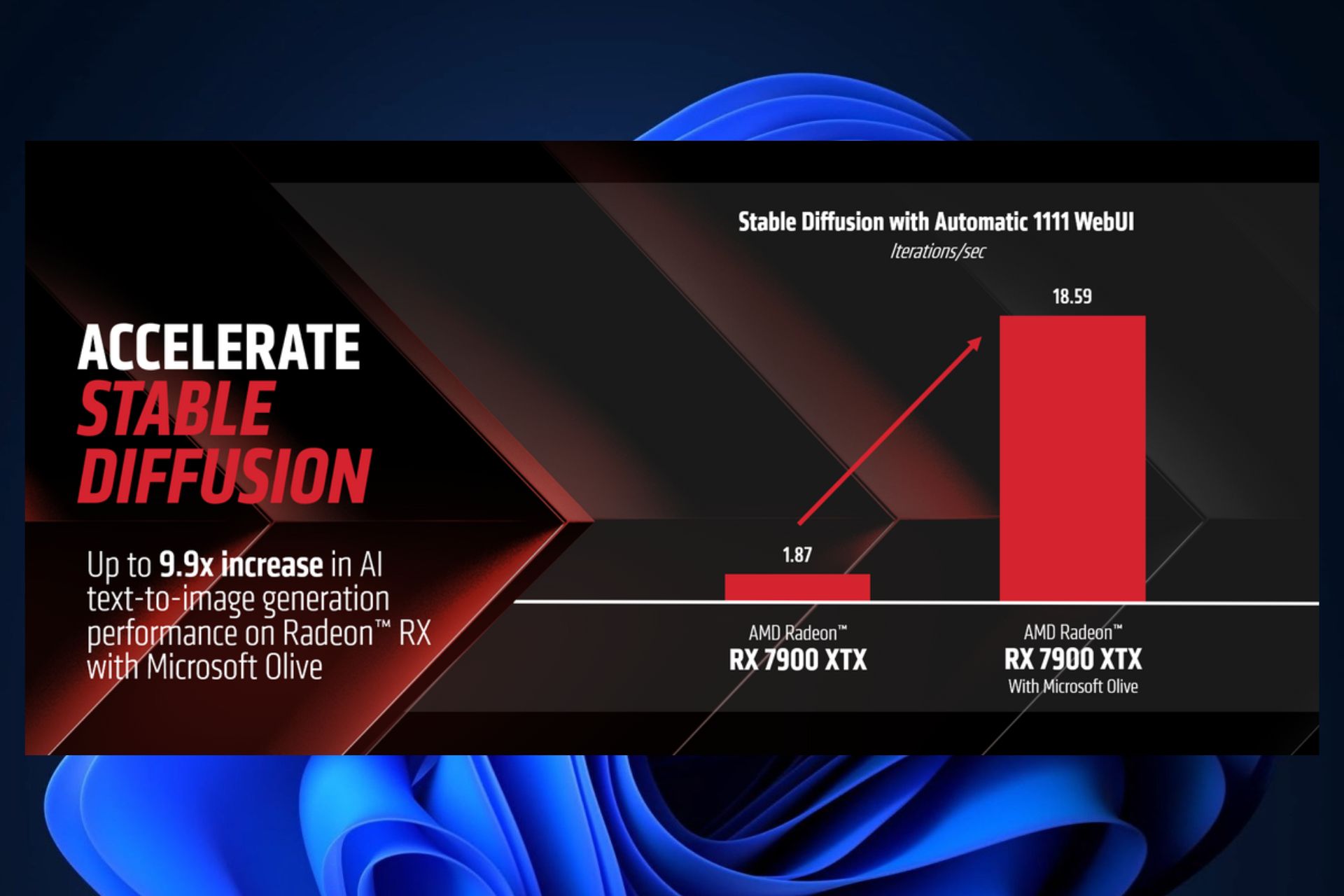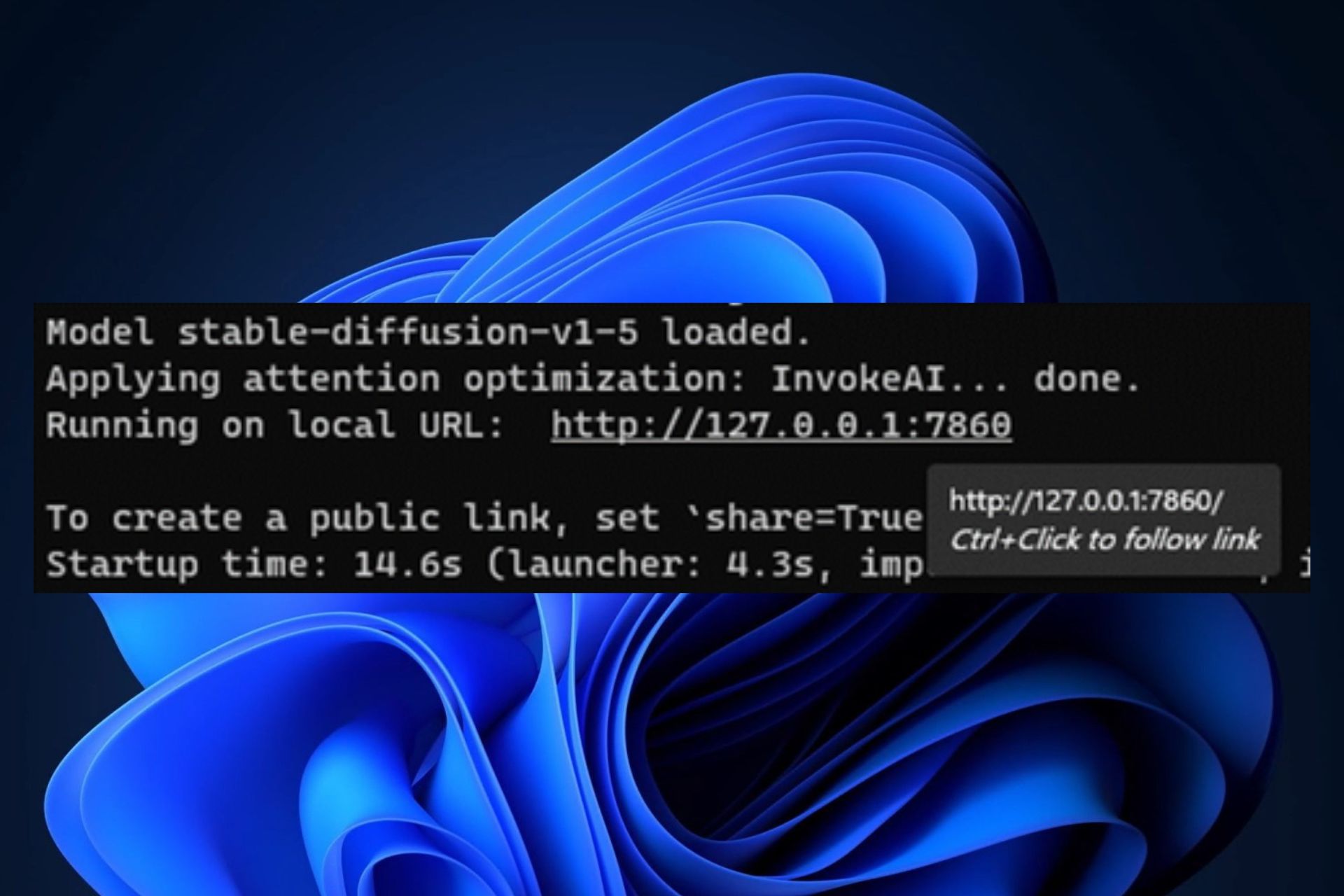Microsoft Olive is tool that uses the Python language to optimize models for maximum performance.
- AMD GPUs are able to perform much better with an optimized model running on them.
- The optimized model uses Microsoft Olive, a Python tool that tunes models for optimal performance.
- AMD released a guide on how to do it.

You’ll finally want to purchase AMD chips because the tech giant is collaborating with Microsoft Olive to make them 10 times faster, to an astonishing 9.9 X increase in performance.
A new experiment, conducted by AMD, shows a significant increase in AI text-to-image generation performance on Radeon RX with Microsoft Olive. The astonishing growth was the result of enabling Stable Diffusion with Microsoft Olive.
AMD released a step-by-step guide on how to do it, in case you have an AMD GPU and want to try it. It’s moderately easy and it can be done in steps. You’ll need to create an optimized model using Microsoft Olive, test it, and integrate it with Automatic1111 WebUI.
If you’re a software developer or an IT manager, this can be fairly easy to do. But there are some prerequisites for it:
- Installed Git (Git for Windows)
- Installed Anaconda/Miniconda (Miniconda for Windows)
- Ensure Anaconda/Miniconda directory is added to PATH
- Platform having AMD Graphics Processing Units (GPU)
Microsoft Olive is capable of greatly improving your AMD GPUs performance
If you don’t know anything about Microsoft Olive, the tool uses the Python programming language to convert, optimize, quantize, and auto-tune models for optimal performance.
Microsoft Olive is often used with other tools, especially with Stable Diffusion, which is sensitive to optimization. When put together, they’re able to build optimized models that can run with special applications, such as WebUI.
This alone allows for a better exploration of drivers and it pushes their capabilities to achieve a much better performance.
AMD’s guide on how to achieve a 10 X performance on your GPU has much to do with this tool. Essentially, these are the steps of the guide:
- With Microsoft Olive, you’ll be able to generate an optimized stable diffusion model.
- You’ll need to test the model.
- After you test it, you’ll need to integrate the model with WebUI.

- Assuming you’ve already installed Automatic1111 WebUI, you’ll need to run it with the optimized model.
According to the experiment, running on the default PyTorch path, the AMD Radeon RX 7900 XTX delivers 1.87 iterations/second. But using the optimized model with Microsoft Olive, the same GPU delivers 18.59 iterations/second.
Make sure to check out AMD’s complete guide on how to improve the performance of your AMD GPU, and if it works, then let us know in the comments section below.
Start a conversation




Leave a Comment